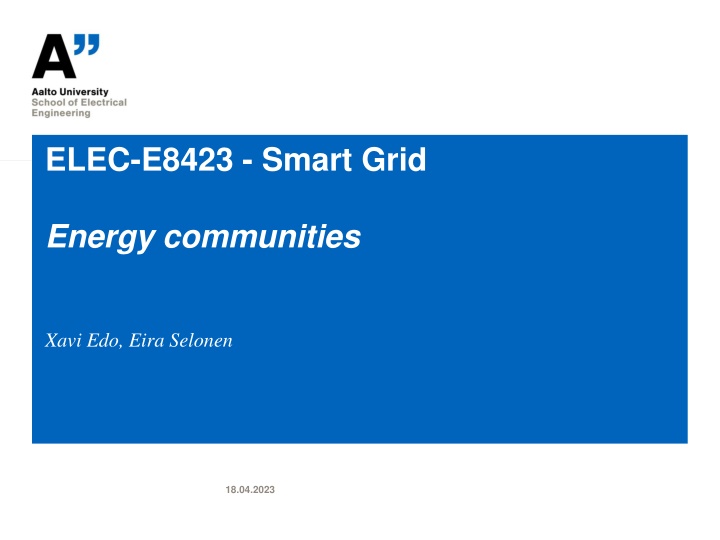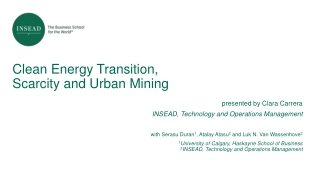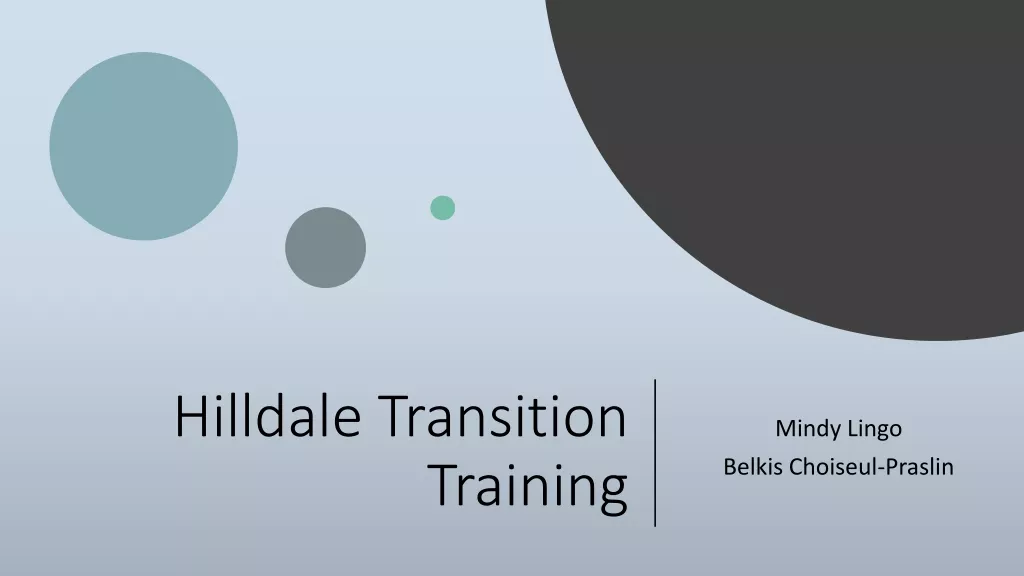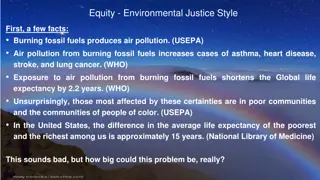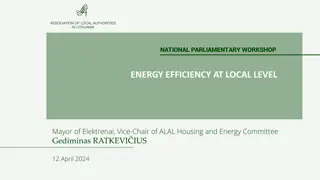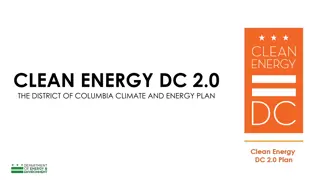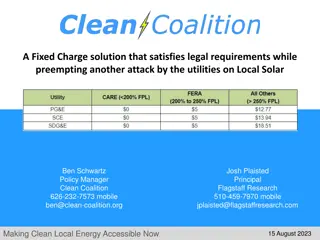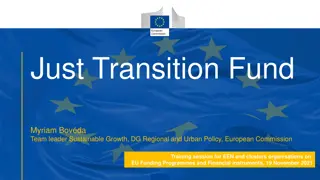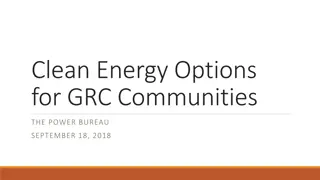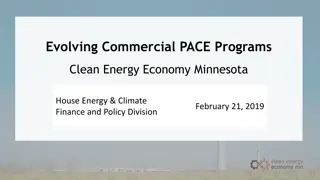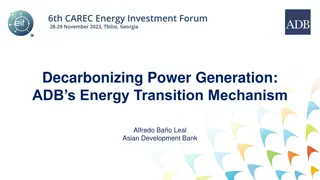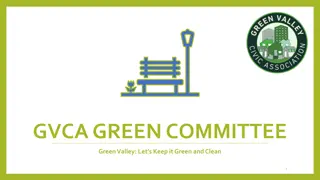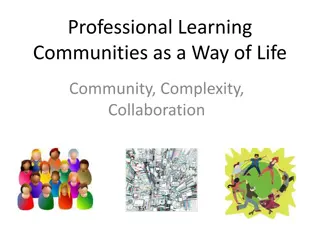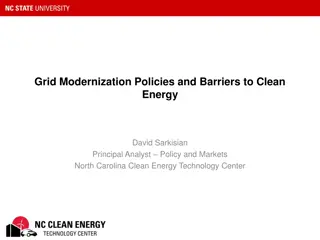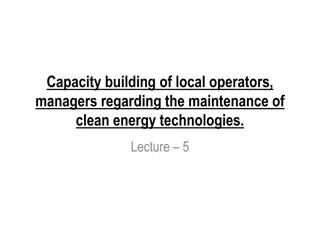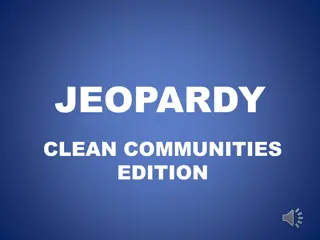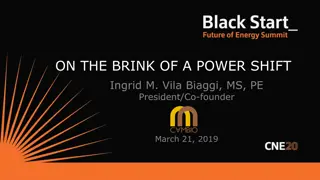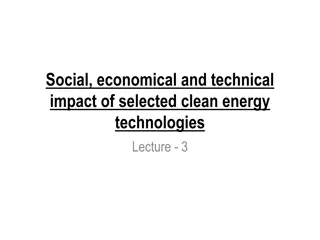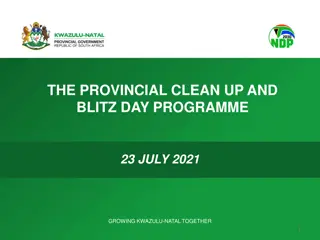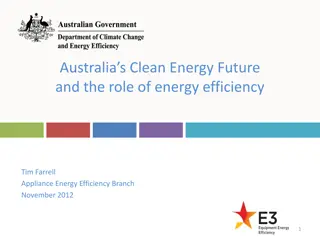Energy Communities: Advancing Clean Energy Transition
Citizen-driven energy actions in local communities contribute to the clean energy transition by promoting energy efficiency and facilitating the production, consumption, storage, and sale of energy among members. Energy communities focus on providing environmental, economic, and social benefits instead of financial profits. Various actors participate in energy communities, including consumers, energy service providers, and initiators who coordinate community projects. Categories such as Renewable Energy Community and Citizen Energy Community involve natural persons, local authorities, and SMEs in production, consumption, and selling activities. Different generation models, including direct participation and aggregation, offer varying opportunities for participation in energy markets. Initiatives like the Brooklyn Microgrid in NYC demonstrate how community-driven efforts can create local energy marketplaces for buying and selling renewable energy, leading to increased public acceptance of renewable generation technologies and greater energy efficiency.
Download Presentation

Please find below an Image/Link to download the presentation.
The content on the website is provided AS IS for your information and personal use only. It may not be sold, licensed, or shared on other websites without obtaining consent from the author.If you encounter any issues during the download, it is possible that the publisher has removed the file from their server.
You are allowed to download the files provided on this website for personal or commercial use, subject to the condition that they are used lawfully. All files are the property of their respective owners.
The content on the website is provided AS IS for your information and personal use only. It may not be sold, licensed, or shared on other websites without obtaining consent from the author.
E N D
Presentation Transcript
ELEC-E8423 - Smart Grid Energy communities Xavi Edo, Eira Selonen 18.04.2023
Introduction WHAT ARE ENERGY COMMUNITIES? Citizen-driven energy actions that contribute to the clean energy transition, advancing energy efficiency within local communities. Produce, consume, store and sell energy among members in EC Open and voluntary participation Primary objective: provide environmental, economic or social community benefits rather than financial profits 01.05.2023 Page 2
Main characteristics of energy communities Goals of energy communities: Environmental Economic Social Produce, consume, store and sell energy among members in EC Actors in an energy community: Consumer Energy service provider: supplier, prosumer Initiator: set in motion the organization or coordination of the community project 01.05.2023 Page 3
Categories Renewable Energy Community Citizen Energy Community Participation Natural persons, local authorities, SMEs Production, consumption, storage, selling REC + Supply, Distribution Activities Geographical scope Local No limit Energy Source Renewable specific REC + Fossil fuel 01.05.2023 Page 4
Generation models Direct participation Generation unit have large- scale generation Generation units are too small to participate directly in the markets Aggregator Feature characteristics of these two extreme models 01.05.2023 Page 5
Brooklyn microgrid (BMG) Energy marketplace Community-driven initiative that began in April 2016 in Park Slope, Brooklyn, NYC BMG was created by parent company, LO3 Energy Participants access the local energy marketplace through the Brooklyn Microgrid mobile app The network connects people in NYC who own solar arrays ( prosumers ) with people who want to purchase local solar energy ( consumers ) New Yorkers can buy and sell locally-generated, renewable energy 01.05.2023 Page 6
Benefits of Energy communities Contribute to increase public Deployment of distributed Attract private investment in Increasing energy efficiency acceptance of renewable generation technologies the clean energy transition of the users energy projects Provide flexibility to the It helps contribute to a more Lowering electricity bills of Crating local electricity system through decarbonized flexible their users job opportunities demand- energy system response and storage Combat energy poverty with They favour the energy Means to restructure our access to lower prices independence of citizens, Reduce carbon footprint energy systems (Energy for neighbours with associations, companies and communities EU) fewer resources. administrations. 01.05.2023 Page 7
Challenges for energy communities Misalignments of interest between stakeholders Organizational issues Socio-economic issues Market discrimination against big companies Institutional barriers Lack of resources Limitation of the distribution network capacity Saturation effect 01.05.2023 Page 8
Conclusions Energy communities contribute to the clean energy transition, advancing energy efficiency within local communities Contribute to deploy distributed electricity generation They can be very helpful for demand response Still face some technical and socio-economic challenges 01.05.2023 Page 9
Source material used E. Mengelkamp, J. G rttner, K. Rock, S. Kessler, L. Orsini, and C. Weinhardt, Designing microgrid energy markets: A case study: The Brooklyn Microgrid, Appl. Energy, vol. 210, pp. 870 880, 2018, doi: 10.1016/j.apenergy.2017.06.054. V. Brummer, Community energy benefits and barriers: A comparative literature review of Community Energy in the UK, Germany and the USA, the benefits it provides for society and the barriers it faces, Renew. Sustain. Energy Rev., vol. 94, pp. 187 196, Oct. 2018, doi: 10.1016/J.RSER.2018.06.013. [E. M. Gui and I. MacGill, Typology of future clean energy communities: An exploratory structure, opportunities, and challenges, Energy Res. Soc. Sci., vol. 35, pp. 94 107, Jan. 2018, doi: 10.1016/J.ERSS.2017.10.019. Energy communities in the clean energy package - Publications Office of the EU. https://op.europa.eu/en/publication-detail/-/publication/4b7d5144-91c9-11eb-b85c- 01aa75ed71a1/language-en (accessed May 01, 2023). [B. Lennon, P. Velasco-Herrej n, and N. P. Dunphy, Operationalizing participation: Key obstacles and drivers to citizen energy community formation in Europe s energy transition, Sci. Talks, vol. 5, p. 100104, Mar. 2023, doi: 10.1016/j.sctalk.2022.100104. V. Z. Gjorgievski, S. Cundeva, and G. E. Georghiou, Social arrangements , technical designs and impacts of energy communities : A review, Renew. Energy, vol. 169, pp. 1138 1156, 2021, doi: 10.1016/j.renene.2021.01.078. I. Petri, M. Barati, Y. Rezgui, and O. F. Rana, Blockchain for energy sharing and trading in distributed prosumer communities, Comput. Ind., vol. 123, no. August, 2020, doi: 10.1016/j.compind.2020.103282. R. Lazdins, A. Mutule, and D. Zalostiba, PV energy communities challenges and barriers from a consumer perspective: A literature review, Energies, vol. 14, no. 16, 2021, doi: 10.3390/en14164873. Energy communities. https://energy.ec.europa.eu/topics/markets-and-consumers/energy-communities_en (accessed Mar. 31, 2023). 01.05.2023 Page 10
